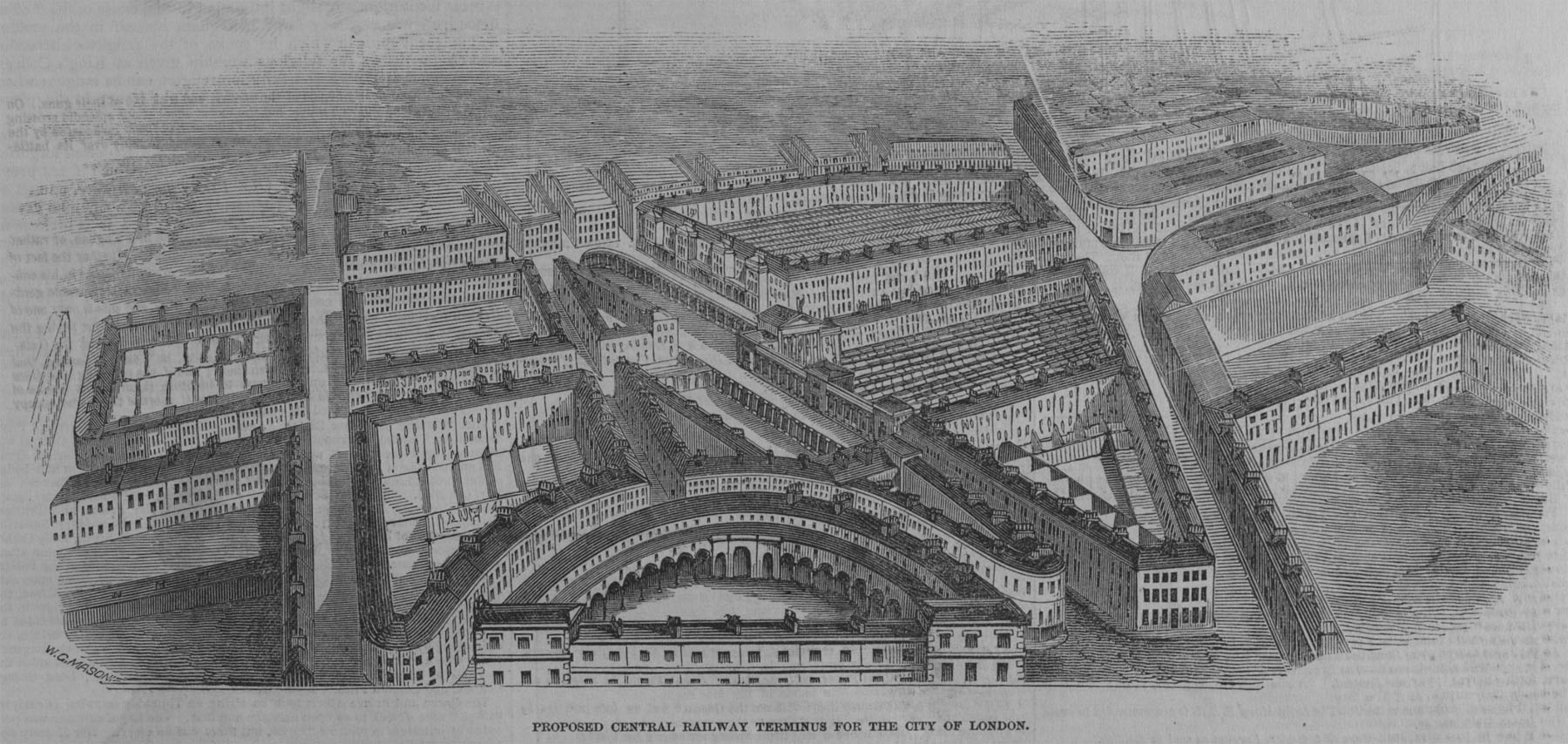Fair point, I didn't think about the passenger segment. The low platform height is a challenge (as there's no need for platform steps in the coach in the UK), but that's not impossible to get over if it at least has some capability to fit steps if needed (see: Eurostar / 373 units).
At least as far as Boston's system in concerned, whenever they built extensions to the subway IOTL (cf. the Southwest Corridor to the Orange Line or the South Shore Line extension to the Red Line, to give some recent ones - GLX is different as the Green Line is LRT), high-level platforms are taken for granted as part of the construction. However, as a good portion of the commuter rail network involves many historic stations, what the MBTA historically did was utilize "mini-high" platforms instead (primarily for ADA compliance). Otherwise, what you mentioned makes a lot of sense.
There's probably scope for coaching stock, Mk3 coaches especially as they are a good solid design with heating/air conditioning built in, decent seating - could potentially replace the Amfleet coaches in OTL?
Sounds like a plan, particularly with the travails of the Metroliner in the 1960s. Once BR has begun exporting material across the Atlantic, then there's scope to expand further into coaching stock. It would just need at least someone to get the ball going.
For example, in the case of the MBTA, a Mark 3 MU would be in place of the Hawker-Siddley units that came online in 1978 (for the Blue Line) and 1981 (for the Orange Line, and in that case directly replacing earlier Pullman-Standard units from the 1950s), both based on a proven type used for the PATH around that time, as well as various other units by Pullman-Standard in the early 1970s and UTDC in the 1980s for the Red Line (although because of the older age of the Red Line, a Mark 2-derived MU could also work). Much like the distinction between inner-suburban and outer-suburban models that BREL, Metro-Cammell, and others used for the Mark 3-derived units, the MBTA's requirements (if we're going with the plan to extend the subway), would involve more rapid transit-esque "local" units (so something more Waterloo and City Line-esque, but with the loading gauge of a normal British train rather than the Tube - although for the Red Line the main difference is a 10 ft./~3 m width) and regional "express" units for suburban/regional service. One interesting idea here (as mentioned in
a report dated late 1972/early 1973 commissioned by the T) would be something akin to how the Blue Line operates IOTL, where on conventional lines used for suburban/regional rail the units could use pantographs, but once it got into the rapid transit network proper it would switch to third rail power (600V DC for all three lines), normally as it's stopped at a station while loading and unloading passengers. If using British units is successful in Boston, then other orders could come in from different systems wanting new rolling stock.
In terms of the export market what about India? They use a similar setup to the UK don’t they?
Not since it was recreated after independence - they replaced their stock with American locomotives and Swiss coaching stock which they then locally manufactured, so it's long gone towards that direction.
